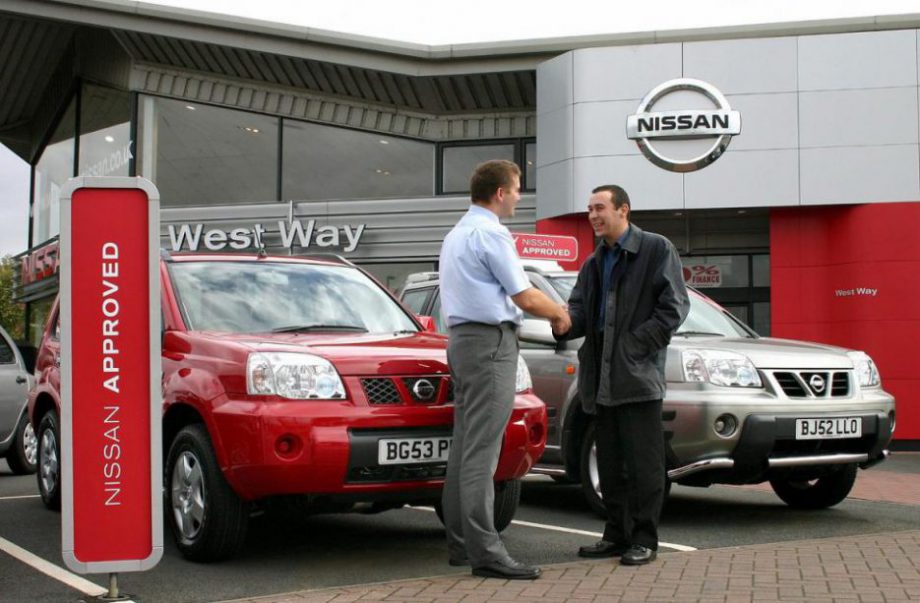Owning a new or used car is more attainable than ever thanks to the increasing acceptance of finance agreements. However, using credit to buy or own a car means consumers are exposed to a world of jargon and acronyms, which can be daunting at best and confusing and misleading at worst. We’ve already outlined the most common ways of using finance to pay for a car. This guide explains the most common terms and abbreviations so that car buyers can easily figure out the difference between their GAP and GMFV along with other common finance jargon.
Administration fee: This is the amount it costs to set up the agreement between the lender and the borrower. It’s taken into account when the annual percentage rate (APR) is calculated.
Agreed mileage: The vast majority of new-car finance schemes have an agreed mileage. It should be based on the typical number of miles the customer believes they will drive each year. The agreed mileage figure is important to a used car’s resale price so has an effect on what the car will be worth at the end of the loan period. Therefore, lenders usually have clauses that penalise drivers who return a vehicle that has exceeded the agreed mileage at the end of the loan period. Mileages and penalties vary according to manufacturer and car.
APR: The annual percentage rate is the real cost of borrowing money and includes the cost of interest and charges. The lower the APR, the cheaper the cost of the credit. This should always be confirmed in writing.
Balloon payment: This refers to the sum of money a customer pays a lender to own the car at the end of a personal contract purchase (PCP), should they decide to keep it. Also known as the guaranteed minimum future value (GMFV).
Deposit contribution: A discount in plain English. This is generally where either the dealer or car manufacturer, or both, lower the price of a car to entice buyers.
Depreciation: How much value a car loses after it’s been first sold. CAP offers a free online cost calculator that tells drivers how much a car will cost them to run, including depreciation.
Equity: The difference between the market value of the car and the remainder of the loan. If the car is worth more than the loan, the buyer has equity in the car.
Flat rate: This is the amount of interest you’ll pay on a loan per year as a percentage of the amount borrowed. It will look much more attractive than the APR which includes all other charges.
GAP: Guaranteed Asset Protection is a form of insurance. If a car is involved in an accident and the insurer decides it’s not financially viable to repair it, the settlement will cover what the car is considered to be worth to the trade – rather than the amount the owner needs to replace it with a like-for-like vehicle. GAP insurance protects against you being left with no car and outstanding finance.
GMFV: The guaranteed minimum future value is what the car is worth at the end of the finance agreement. This is also called a balloon payment because it’s what a driver would pay to own the car at the end of a PCP should they decide to do so.
HP: Hire purchase allows someone to pay for a car in monthly instalments before making a one-off final payment to own it.
PCH: Personal Contract Hire is where a driver effectively hires a car over an extended period, paying in monthly instalments. At the end of the agreed time, you hand it back and start a new agreement.
PCP: Personal contract purchase is the most popular way of buying a car and repaying the lender with monthly instalments. At the end of the agreed period drivers can choose to hand the car back, use any equity in the car as a deposit on a new car, or pay the outstanding amount to own the car.
PPI: Payment protection insurance or ASU (accident, sickness and unemployment insurance) has been sold – and frequently mis-sold – alongside finance agreements for years.
RV: Residual value or how much of its original cost when new a car will have retained after a specified time.
WLC: The whole life cost of running a vehicle for a defined period.
 ©
©